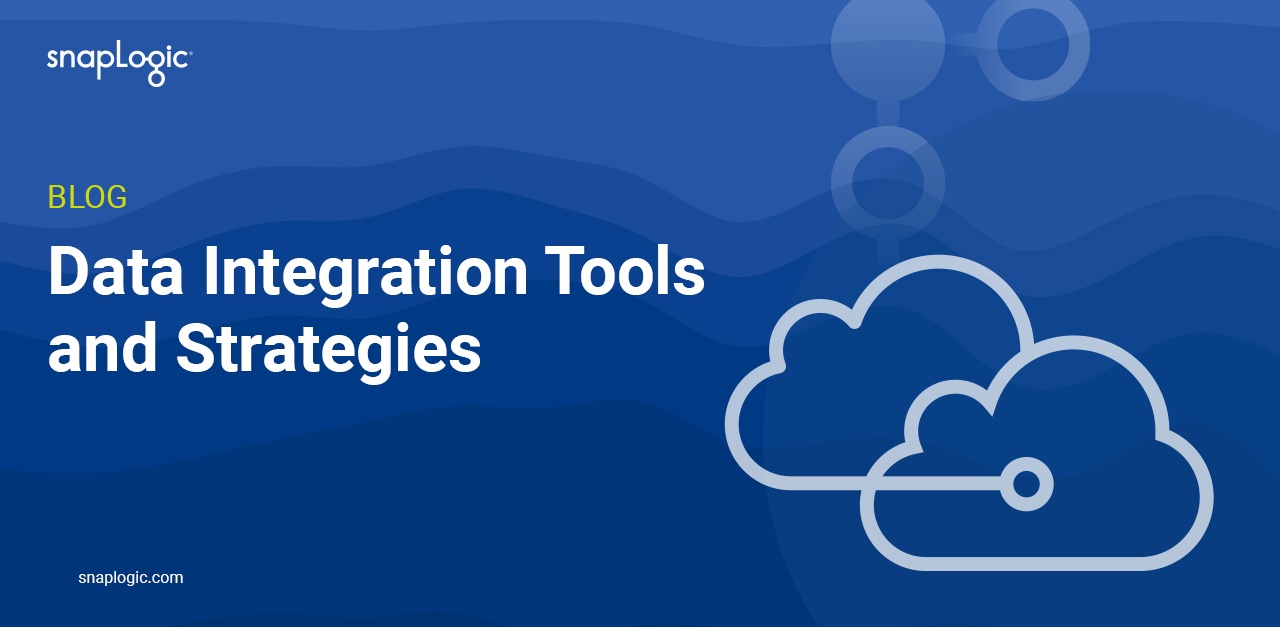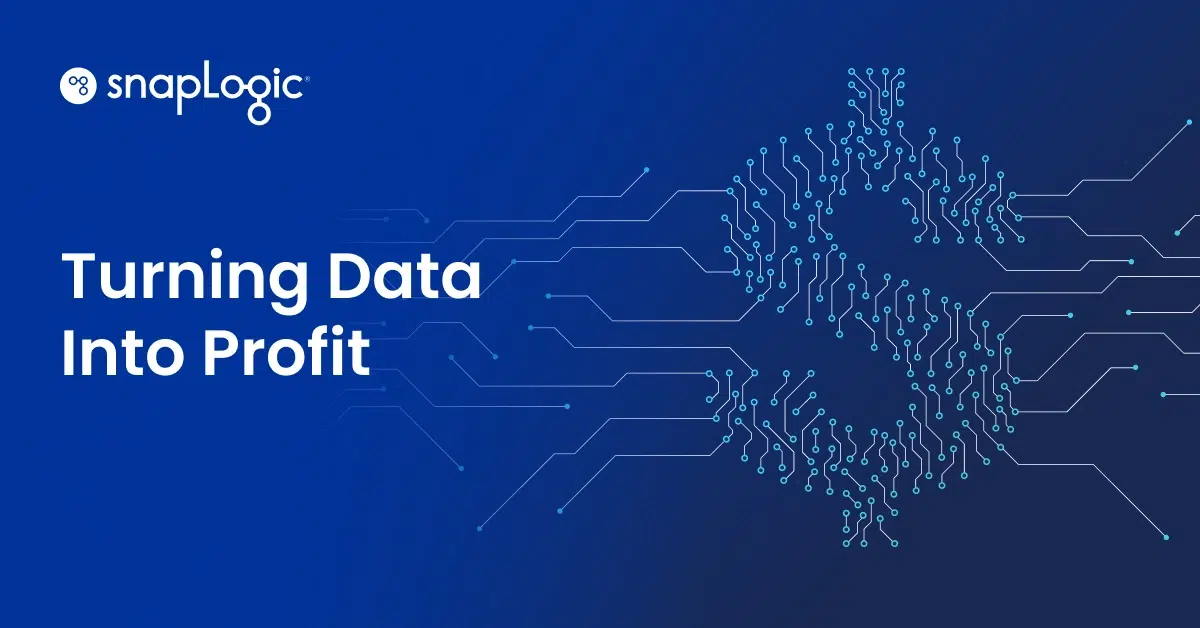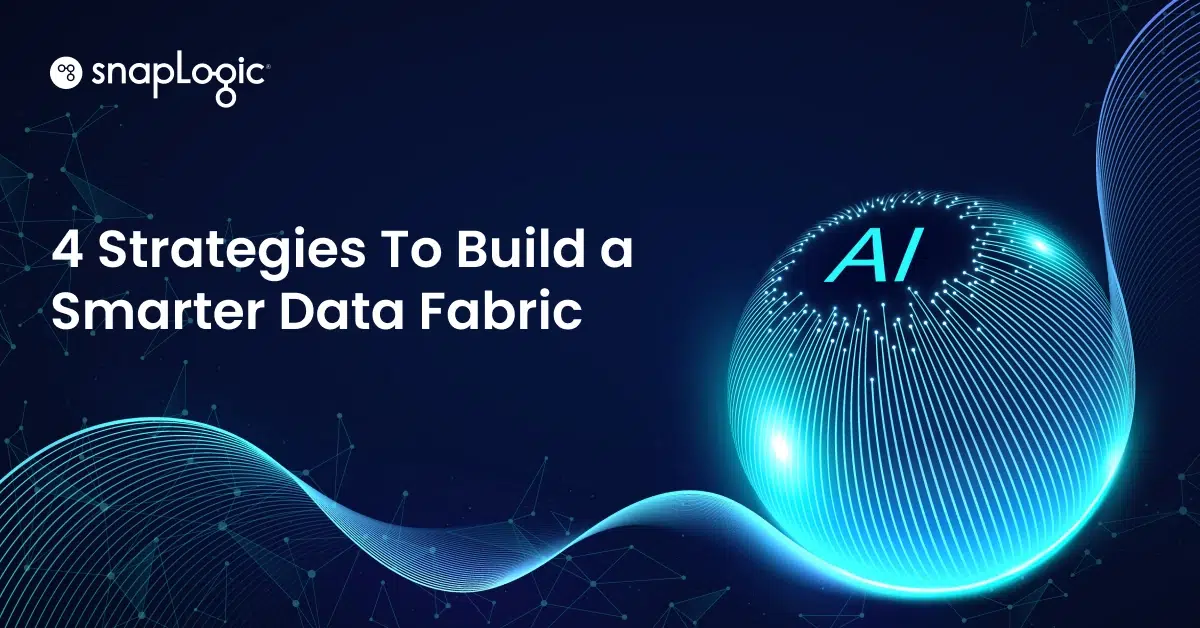What is Modern Data Integration
Twenty years ago, data integration consisted of transforming and moving data from on-premises data sources like business applications to on-premises data warehouses, mostly in large batches, through highly configured data integration systems. These ETL (Extract, Transform, Load) pipelines were usually scheduled during “non-business” hours, so the data was available to the business the next day for analysis and reporting.
Not much has changed in the sense that data still needs to be transformed and moved between systems for business value. However, today there are exponentially more data sources (with new data sources being created all the time) nearly infinite data volumes (generated from IoT sensors, mobile devices and other disparate sources), and instantaneous demand for data (to feed real-time business processes, populate machine learning algorithms and continuously update customer data). Batch processing alone cannot keep up with the immediate need for data insights, highlighting the need for real-time data and movement. And on-premises apps and data warehouses cannot efficiently and effectively scale to the fluctuating demands for data, driving the age of cloud computing and the cloud data warehouse.
Modern data integration includes the data integration tools, architectures and styles necessary to efficiently and effectively process data in today’s fast-paced, data-driven economy. In this blog, I will discuss the data integration tools that data-driven organizations, like yours, need to deliver the kind of value that will drive the success of your business. More specifically, I will focus on the need for a quick ingestion tool and how this newest addition to the modern data integration stack enables more users and delivers more value to the organization.
Data Integration in the Cloud
Cloud Data Warehouse
A cloud data warehouse is central to any data integration activity as a repository for data collection and analysis. Cloud data warehouses, such as Snowflake, Redshift, Databricks and others, are capable of hosting data of all types and sizes, structured or unstructured. Their inherent elasticity makes them ideal for extremely large and continuously growing datasets. An extended benefit of the cloud data warehouse exposes the capabilities of ELT – leveraging the computing power of the cloud data warehouse to transform data in place. This, in turn, is a driving factor in the popularity of the quick ingestion tool.
Data Integration and Data Management Platform
The data integration and data management platform has been at the core of IT organizations for decades and is essential to any business needing to gain access to their data. These platforms enable highly skilled, technical users to connect data endpoints, extract, transform and enrich data, and manage the processes and pipelines for data movement. Data Integration and Data Management platforms can easily handle large data sets and are therefore instrumental for any organization’s big data initiatives. A modern data integration and data management platform should ideally be cloud-based, provide native connectivity to many modern and popular data sources, both on-premises and in the cloud, and should be easily scalable to match or exceed the performance capabilities of the systems it connects.
API and API Management Capabilities
API and API management enables the automation of event-based data sharing between applications, both internally and externally. With proper API management, organizations can optimize real-time data delivery for efficient application integration and streamline data sharing to ensure all connected systems have the most relevant and up-to-date data for completeness and accuracy. A modern API Management tool should conform to industry accepted standards for API design, provide a portal for easy discovery of available API’s and securely manage API access, version control and data delivery.
Quick Ingestion Tool
The quick ingestion tool is the latest addition to the modern data integration stack and is aimed at delivering immediate ROI for technical and non-technical users alike. Designed for ease-of-use and affordability, these tools enable businesses of any size to leverage the full benefits of the cloud through a fully managed service that requires little to no development or coding. In the modern data integration stack, a quick ingestion tool should provide simple connectivity to popular data sources, easy access to cloud data warehouses, affordable pricing options, and straightforward visibility into data volumes.
Delivering Data Integration to the Masses
Not too long ago, data integration was something reserved for large-scale organizations to process enterprise data from many different sources into a unified view. Even data integration providers focused their business on these, the largest of organizations, by branding their products “Enterprise Data Integration” platforms. However, the cost of these data integration solutions and the breadth and depth of functionality they provide, limited the ROI for smaller organizations and businesses unable to leverage the full capabilities of the platform, or more simply, unable to afford the platform entirely.
Today, however, every business, regardless of size, must be able to manage data to survive. Modern organizations, big and small, are leveraging the cloud to efficiently host business applications (such as Workday, Salesforce, Marketo and even Shopify, HubSpot and BambooHR) and need effective ways of extracting business intelligence that will lead to the growth of the business.
The quick ingestion tool makes integration available for the masses. Large enterprise businesses can supplement a much larger data integration platform with a self-service capability that enables all persona and delivers quicker data insights to business leaders. For smaller organizations, a quick ingestion tool makes data integration possible with simplicity and affordability that better aligns to the benefits of the cloud. In either case, quick ingestion tools are providing value, unlocking data potential and revolutionizing the data integration economy.
Use Cases for Data Integration Tools
Data Replication
Data replication is a one-way copy of data from where it is generated – such as an operational point-of-sales system or CRM system – to where it can be analyzed for planning, forecasting, and insights.
There are different types of data replication:
- Full Table Replication – This type of data replication copies data from a source table to the destination in its entirety. Typically, in a full table replication approach, schemas between these relational databases must be kept in sync as well. This method can be time-consuming and require significant network bandwidth.
- Incremental replication – Sometimes referred to as Change Data Capture, this type of data replication is typically key-based or log-based. It identifies changes in the source systems and propagates only those changes to the destination.
A quick ingestion tool is ideal for this type of data integration because there is little to no requirement for data transformation while moving the data. Here, business analysts get access to the data when and where they need it, without IT departments becoming a bottleneck every time a new data source is added. This not only enables analysts to access important datasets in a time-critical fashion, but it also frees up IT departments to focus on much larger integration efforts for the long-term success of the organization.
Data Migration
Data migration is the process of moving data from one datastore such as a data lake or data warehouse, to another such datastore. Typically, data migrations are part of a larger organizational effort to move data from on-premises data sources (such as Oracle, Teradata or SAP) to cloud-based data stores like Snowflake, Redshift, Databricks and others. However, more and more often, data is being migrated between cloud datastores – enabling organizations to take advantage of cost savings between competing cloud platforms or even employing a multi-cloud strategy.
A quick ingestion tool is ideal for this type of data integration because speed is of the essence. There is no need to build, test and deploy complex ETL data pipelines. Simply select from the list of pre-configured connectors for data sources and target systems like cloud data warehouses and let the data flow, unobstructed. Also, as a managed service, the SaaS provider will ensure the process scales appropriately for optimal performance to provide minimal downtime and maximum data availability.
Data Analytics
Organizations have been analyzing data for decades, leveraging ETL data pipelines to address data quality and complex SQL coding to achieve data insights. However, as data volumes increase, the demand for quicker analysis is also increasing. Business analysts can no longer wait hours, let alone, days to get the data they need to make critical decisions. Not only do quick ingestion tools enable frequent and rapid movement of data from disparate sources and applications to cloud data warehouses and data lakes, their simplicity and ease-of-use make it possible for all persona within an organization to access the data they need, when and where they need it.
The Value of Modern Data Integration Tools
Modern data integration processes are no longer defined by a do-it-all platform designed for the most experienced ETL specialists. A new trend has emerged. One where self-service enables data owners, regardless of technical ability, to access the data they need, when and where they need it. A quick data ingestion tool:
- Enables self-service for both technical and non-technical data owners.
- Breaks down data silos and delivers faster access to data for analytics.
- Simplifies modernization in the cloud with pre-built data pipelines.
- Delivers an affordable solution for organizations of any size to drive today’s integration initiatives.
A quick data ingestion tool is critical to the success of business today and should be added to every organization’s modern data integration toolbox.









